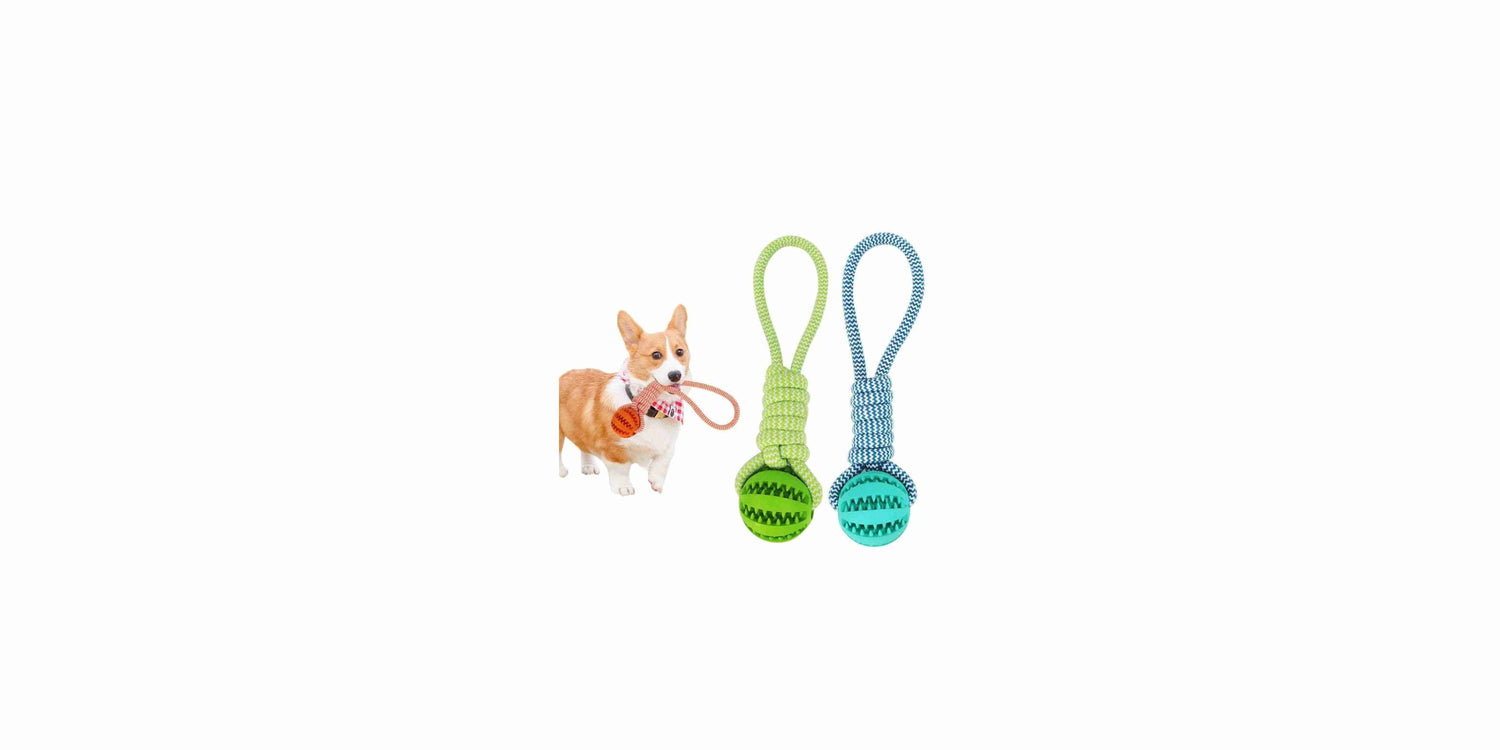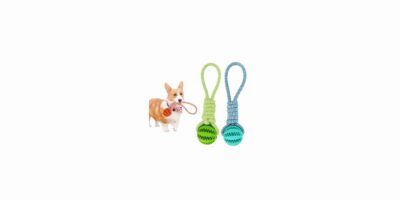
Owning a pet is a rewarding experience, but it also comes with the responsibility of ensuring their well-being and happiness. From providing a safe and comfortable environment to catering to their physical and emotional needs, pet owners must equip themselves with the right tools.

In this comprehensive guide, we’ll explore the essential pet supplies every owner needs to keep their pets happy and healthy, whether you’re a first-time pet parent or a seasoned pro.
Top Pet Supplies Every Owner Needs for a Happy, Healthy Pet
1. Quality Food and Treats
One of the most important aspects of pet care is nutrition. The right food can significantly impact your pet’s overall health, energy levels, and longevity.
For Dogs:
Dry Kibble: Look for high-quality dry food that lists animal protein (like chicken or lamb) as the first ingredient. The kibble should be appropriate for your dog’s age, breed, and activity level.
Wet Food: Canned food can be a good supplement to dry kibble, especially for dogs with dental issues or those who need extra hydration.
Treats: Training treats, chews, or high-quality jerky snacks should be used in moderation. They can help in bonding and training your dog, as well as keeping them mentally stimulated.
For Cats:
Dry Food: Similar to dogs, high-quality dry food is vital. Look for brands that have animal-based proteins and avoid fillers like corn or wheat.
Wet Food: Cats need moisture in their diet, especially if they don’t drink enough water. Wet food can provide them with hydration, especially if your cat has urinary or kidney issues.
Treats: Just like dogs, cats enjoy treats. Opt for ones that are low in calories and made from natural ingredients.
2. Comfortable Bedding
Your pet’s bed is their sanctuary— a place to rest, recover, and relax. Choosing the right bedding is crucial for their comfort and health.
For Dogs: Depending on your dog’s size and sleeping habits, you can choose from cushions, blankets, or orthopaedic beds. Large dogs may benefit from beds with higher sides to provide extra support. Memory foam beds are excellent for older dogs or those with joint issues.
For Cats: Cats typically prefer cozy, enclosed spaces where they can feel secure. Look for beds with high sides or small caves where your cat can curl up. Consider beds that are easy to wash, as cats tend to shed hair frequently.
3. Grooming Supplies
Grooming is essential for your pet’s hygiene and overall well-being. Regular brushing prevents matting and promotes healthy skin and coat. It’s also an opportunity to check for signs of illness, such as lumps or skin infections.
For Dogs: Depending on the breed, dogs may require different grooming tools. Long-haired dogs might need a slicker brush, while short-haired dogs could be fine with a simple bristle brush. Additionally, a nail clipper or grinder is crucial for keeping their claws trimmed.
For Cats: Cats are generally good at grooming themselves, but some long-haired breeds need regular brushing to prevent tangles. Invest in a good quality comb or brush, and consider nail clippers for trimming their claws.
4. Proper Identification
A collar and tag with your pet’s information is essential for their safety. Even if your pet is microchipped, having a visible ID tag ensures that anyone who finds your pet can contact you immediately.
Collar: Choose a comfortable collar that fits your pet properly. Make sure it’s not too tight, but also not too loose. Adjustable collars are ideal as they grow with your pet.
ID Tag: The tag should have your pet’s name, your phone number, and, if possible, your address. You can also add information like their microchip number for extra safety.
Harness (for Dogs): For added control and comfort, a harness can be a better alternative to a collar, especially if your dog pulls on walks. A harness distributes the pressure evenly, reducing strain on the neck.
5. Safe Toys for Play and Mental Stimulation
Toys are essential for both physical exercise and mental stimulation. Dogs and cats alike need to play and engage with their environment to stay healthy and happy.
For Dogs: There are a wide variety of toys for dogs, including chew toys, interactive toys, puzzle feeders, and balls. Chew toys are especially important for teething puppies or aggressive chewers. Puzzle feeders provide mental stimulation and can slow down fast eaters.
For Cats: Cats love toys that mimic prey, such as feather wands, laser pointers, and small balls. Interactive toys, like treat-dispensing puzzles, are also great for keeping your cat engaged and active.
READ ALSO: Why Fleas Love Pets – And How You Can Keep Them Away
6. Pet Health and Wellness Items
Regular vet check-ups and preventive care are essential to keeping your pet healthy. In addition to professional care, there are several wellness items that help you monitor and maintain your pet’s health at home.
For Dogs: Flea and tick prevention is a must, particularly in areas where these parasites are common. Heartworm prevention should also be part of your dog’s routine health regimen. You may also need supplements for joint health (especially for senior dogs), skin care, or coat conditioning.
For Cats: Similar to dogs, flea and tick prevention is important. Cats, however, are less likely to need heartworm prevention unless they are outdoor cats. If your cat has hairballs, you may want to look into hairball management products.
7. Water and Feeding Bowls
Keeping your pet hydrated and well-fed is a basic but crucial part of pet care.
For Dogs and Cats: Look for bowls that are easy to clean and provide ample space for your pet to eat or drink comfortably. Stainless steel bowls are durable and easy to clean, while non-slip bases help keep the bowl in place during meals.
For Dogs: Some dogs, especially large breeds, may benefit from elevated feeding stations, which reduce strain on their neck and back while eating or drinking.
For Cats: Cats often prefer shallow bowls for easier access to their food and water, and some cats may prefer a water fountain that keeps the water fresh and circulating.
8. Pet Carriers and Travel Accessories
Whether you’re going to the vet or embarking on a vacation, a comfortable carrier is essential for your pet’s safety and security during travel.
For Dogs: A sturdy carrier or travel crate is essential for road trips or air travel. Make sure it’s the right size for your dog to stand, turn around, and lie down comfortably. Some dog owners may prefer seatbelt harnesses that keep their dog secured in the vehicle.
For Cats: Cats should be transported in a carrier that allows them to feel secure. Soft-sided carriers are ideal for air travel, while hard plastic ones are more durable and provide more protection.
9. Cleaning Supplies
Keeping your home clean and odor-free is important for both your pet and you. Pets can track dirt and hair everywhere, and accidents happen. It’s essential to have the right cleaning supplies on hand.
For Dogs and Cats: Invest in enzymatic cleaners to eliminate pet odors and stains. Pet-specific wipes can also be helpful for cleaning paws, ears, and other body parts. Lint rollers are great for removing pet hair from furniture and clothing.
10. Training Tools and Behavior Aids
Training your pet helps ensure they are well-behaved, safe, and easy to manage. While formal training is important, having the right tools can help reinforce good behavior.
For Dogs: Leashes, clickers, and treat pouches are valuable tools for dog training. A sturdy leash and harness or collar help you maintain control, while a clicker can be used to reward good behavior. Puzzle toys and treats can be part of the training process to encourage positive behavior.
For Cats: Litter training is usually a given with cats, but you can also invest in training pads or spray deterrents to keep your cat from scratching furniture. Positive reinforcement with treats or toys can help with behavioral training.
FAQs
What are the best toys for puppies?
For puppies, soft chew toys, rope toys, and interactive puzzle toys are great. These toys can help with teething, provide mental stimulation, and encourage healthy play habits.
How often should I groom my dog or cat?
The frequency of grooming depends on the breed and coat type. Long-haired dogs and cats may need grooming several times a week, while short-haired pets may require less frequent brushing. Nail trimming should be done at least once a month.
What are the most common pet health issues?
Common pet health issues include obesity, dental problems, flea and tick infestations, allergies, and joint problems. Regular vet check-ups and a healthy diet can prevent many of these issues.
How do I choose the right food for my pet?
Look for high-quality pet food with animal protein as the first ingredient. Choose food suited to your pet’s age, breed, and activity level. Consult with your vet if you’re unsure about the best options.
Is pet insurance worth it?
Pet insurance can help cover unexpected medical expenses, such as surgeries or emergency care. It’s worth considering if you want to avoid high vet bills and ensure that your pet has access to the best possible care.
Leave a Reply
You must be logged in to post a comment.